Sterling Silver Value Guide
Our sterling silver value guide is essential if you want to learn more about your antiques. There is no doubt about the beauty of silver, but is it valuable? If you’ve inherited some or bought some, then you’re not alone. People all over want to know if their silver has value. Today, we’ll show you how to find out what your silver is worth.
Let us start with what sterling silver is as a metal, the composition is an alloy made of 92.5% silver and 7.5% of other metals, such as copper, creating a more durable mix than pure silver (which is 99.9% and the further 1% being trace elements). This is where sterling silver gets the reputation of being called ‘925’. Sterling silver items bear a wide range of hallmarks depending on the country of origin. This can range from a simple stamp of ‘925’ or ‘Sterling’, however here at AC Silver we specialise in English, Scottish and Irish silverware and these examples are identified with a lion passant, a thistle or a harp. When an item is struck with one of these marks it is the assay office confirming the piece is comprised of a silver content of at least .925 (925/1000). There are many marks which have not been mentioned here, as hallmark identification is a very broad topic in itself.
The value of sterling silver is very dependent on the item itself. Silver jewellery, for example, is not worth as much as gold or platinum items, however it will always retain some monetary value, in addition to sentimental value. Antique and vintage silver items, however, have the potential to be very valuable. The piece does not have to be sterling silver to be valuable, there are many European and Asian countries which produce 800 standard silverware, and their exquisite design can be a major feature in the value. For Britain there is also Britannia standard silver, which is and a slightly higher grade than sterling at 95.8% silver and 4.2% of copper or another metal for strength; this silverware is identified with a hallmark of Britannia (the female personification of Britain) seated with a shield and trident. Britannia silver was first introduced in 1697 to discourage the melting of sterling silver coins, and by 1720 sterling silver was reintroduced with Britannia standard remaining legal and still in use today.
All antique solid silver items can be considered valuable due to their silver content alone, however there are other factors which should be considered to determine their true value.
How to Discover the Value of Your Silver
Cleaning your Silver
When attempting to value your silverware one of the first actions is to clean the piece. We have a guide that can help you clean your silverware, as we believe that it needs to be done correctly to prevent any chance of damage. Whilst many collectors wish to clean an item themselves and witness a piece being returned to its former glory, there is a high chance that any scratches, dents, or discolouration will be invisible if a piece isn’t cleaned properly. Also this may provide some help in revealing any hallmarks, allowing them to be seen clearly and easily identified. The condition of your item is the next biggest factor on the value of your piece. Silver with dents, scratches, or severe tarnishing isn’t going to go for much. So – if you’ve been gifted some silver – take good care of it so it maintains and maybe even increases in value.
Auction Houses
Your next port of call should be an auction house. Many auction houses hold events where people are invited to bring their items to have them valuated and identified. Identification involves inspecting any hallmarks and specific stylistic features on the item. If your nearest auction house doesn’t do this, after enquiring, email them with high quality photographs of your item. Include clear, crisp photographs of the hallmarks and ask if they can help to identify the piece. Be aware – however – that these services incur a fee. If you want to sell your silver but don’t want the auction house fees, try eBay or something similar.
Collectability and Maker
The next stage of our sterling silver value guide is about collectability and maker’s marks. Other than the condition and hallmarks on an item, the ‘collectable’ factor is considered. Some collectables, can get away with very minor dents and scratches as certain makers’ marks will have a serious impact on your item’s value. Silver collectors do not always chose small items, such as vesta cases for a display, many will look for prevalent makers, provincial examples or even a determined style (such as Art Deco or Rococo).
Items by famous makers will also fetch a higher price. There are silversmiths famous within the community, despite having been dead for centuries. Craftsmen such as Paul Storr and Mappin and Webb, and the very prominent female silversmith Hester Bateman are all highly sought after.
Is Silver Flatware Valuable?
The same rules apply to flatware as any other element of silver. There are more specifics, however, to consider when valuating silver flatware. One of the first questions to answer is: what have you got? There are so many categories when it comes to silver flatware that you need to be certain about what pieces you own.
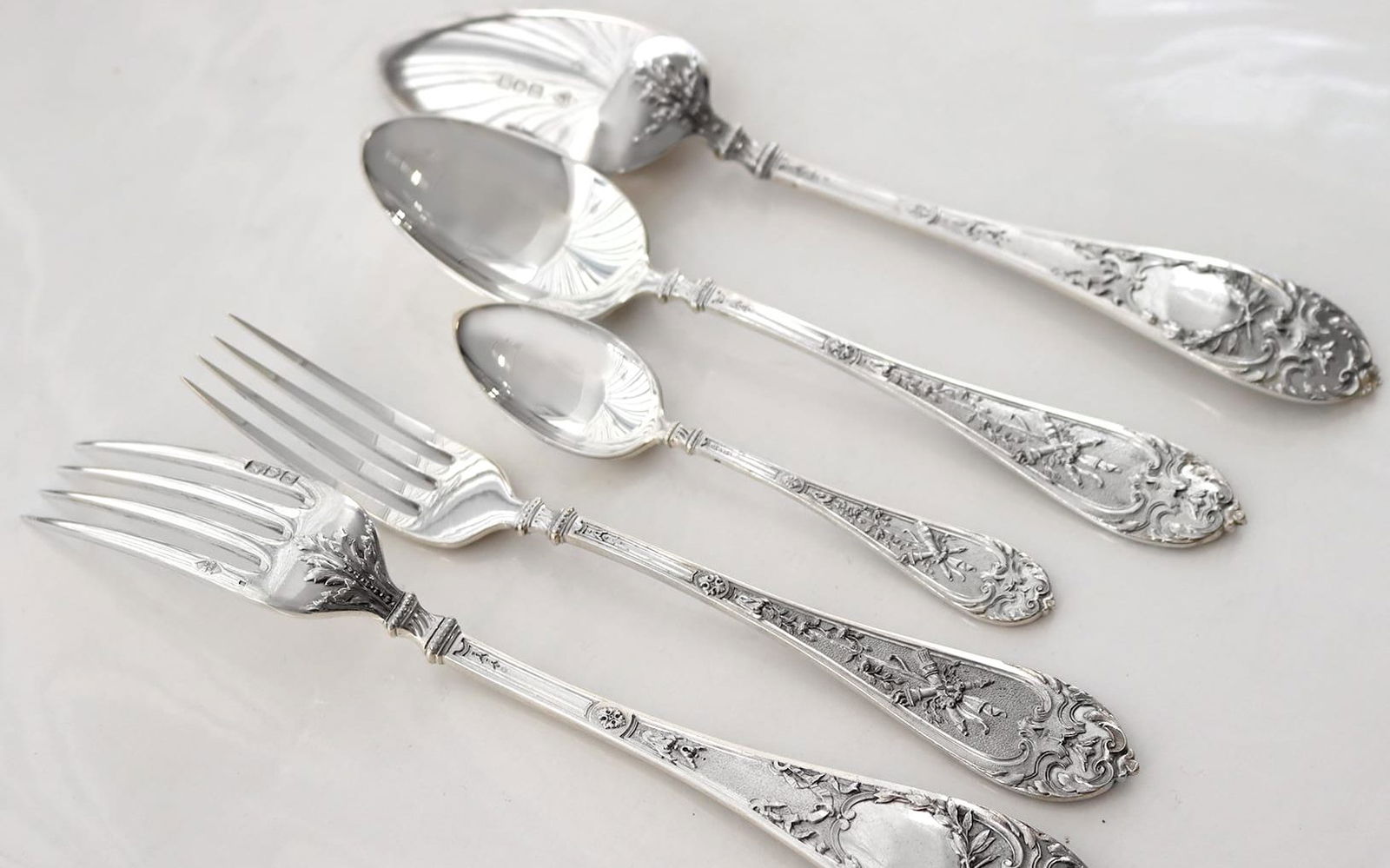
One of the most valuable categories of silver flatware is the canteen. Canteens are highly valued for their beauty, practicality, and sophistication. These flatware services can be housed within a wooden piece of furniture or box and can incorporate a vast range of pieces. When it comes to silver flatware designed for serving up food and beverages, the first question is not how much, but how many people does your item serve? A canteen designed for four will be considerably less valuable than a canteen designed for fourteen, which in turn will be less valuable than one designed for eighteen people, and so on.
Once you know how many people can be served with your antique silverware, the next question concerns patterns. Certain patterns are more collectable than others, and so it’s important to know the difference between a King’s pattern and a Queen’s pattern. If you – like most – do not know the difference, don’t worry, we’re here to help. Check out either of our guides regarding silverware patterns and see if anything matches what you have.
The condition of a flatware service is also very important, maybe more so than holloware. The handle and blade of a knife will bear wear in keeping with age and use, this has to be taken into consideration. Perhaps steel blades need to be replaced or maybe an ivory or bone handle is no longer what is preferred and contemporary knife handles are required.
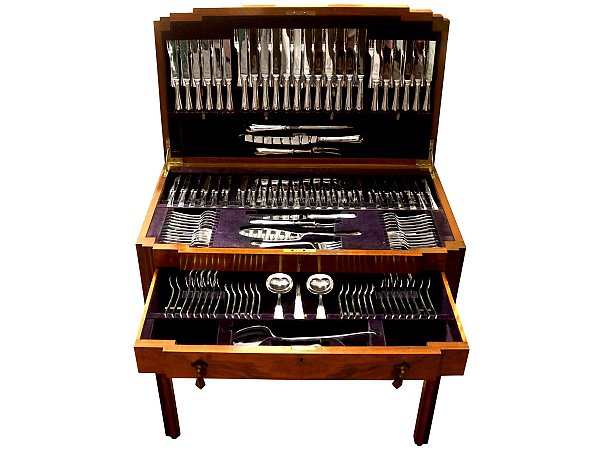
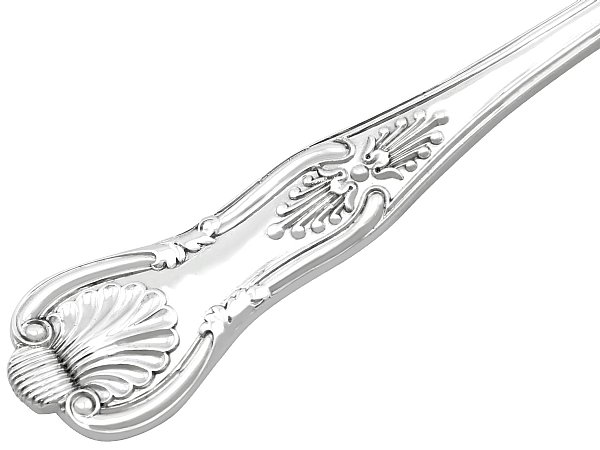
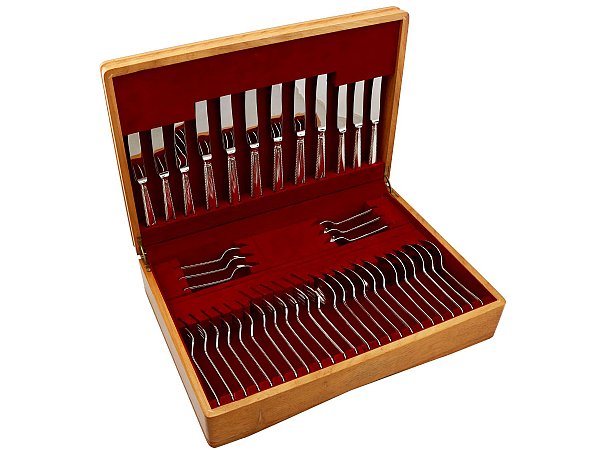
Don’t Be Daunted
This is only a brief introduction to the process of valuing an item of silverware, and whilst this whole process can sound very intimidating, don’t let it get to you. If you want to sell an item or you just want to know more about it, it’s worth exploring. You never know, you could be sitting on thousands of pounds!
Wherever this sterling silver value guide takes you – good luck!

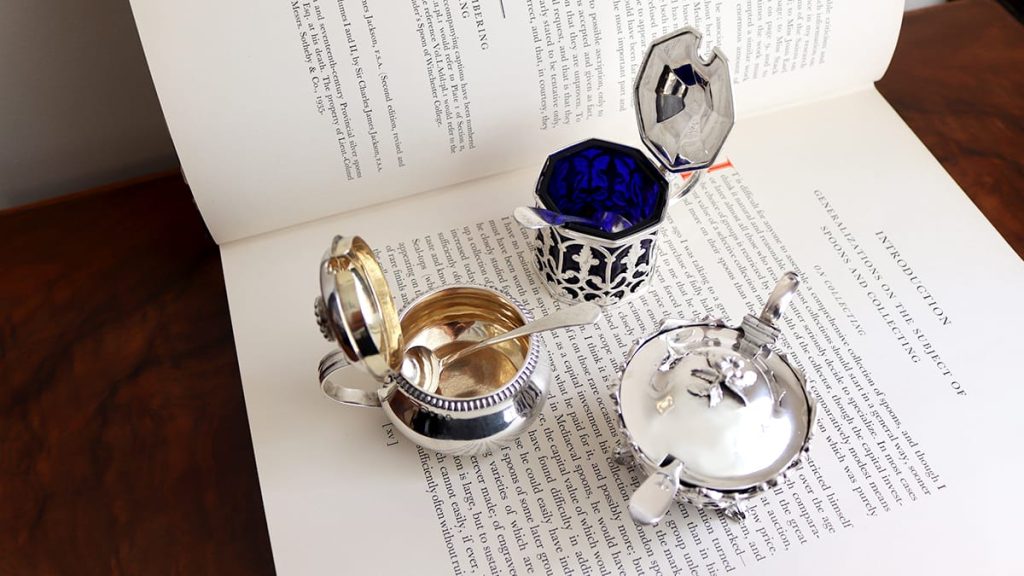
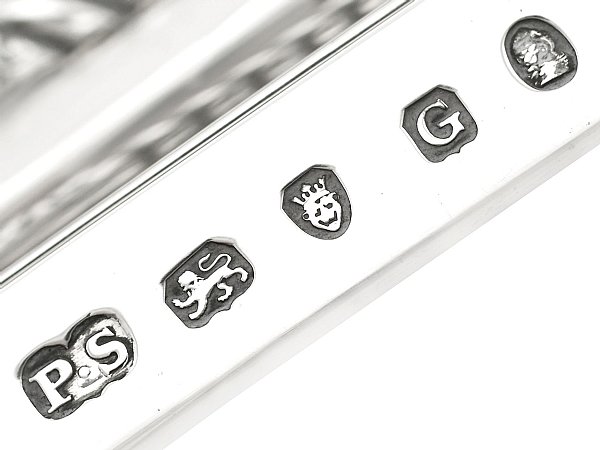
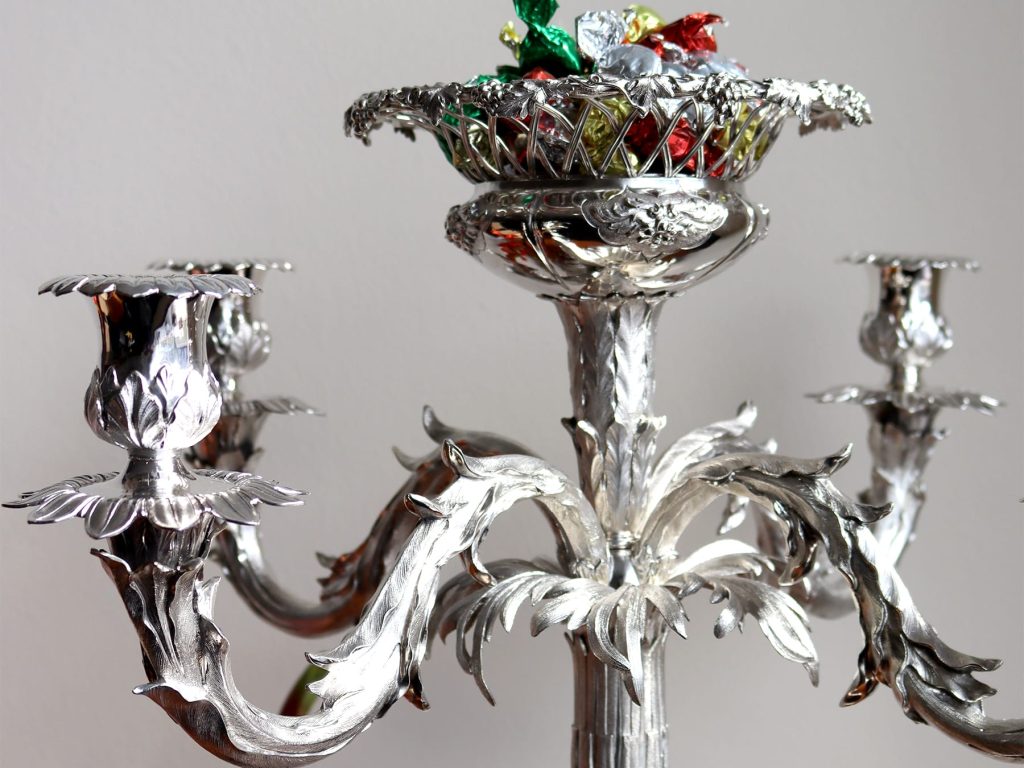
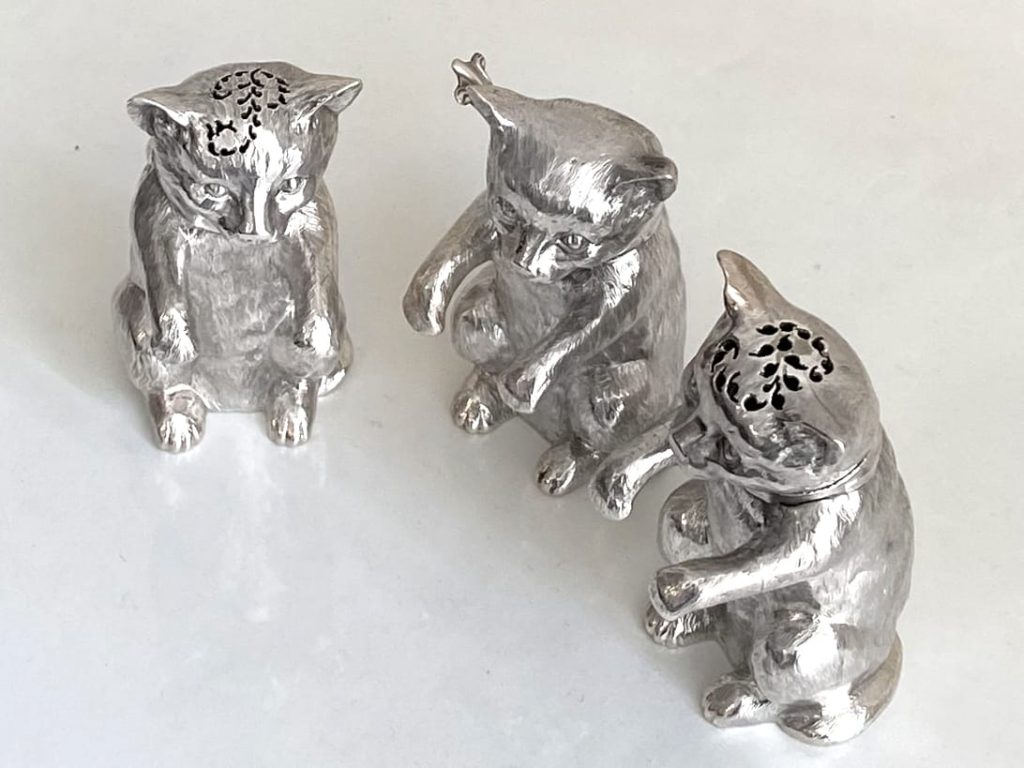
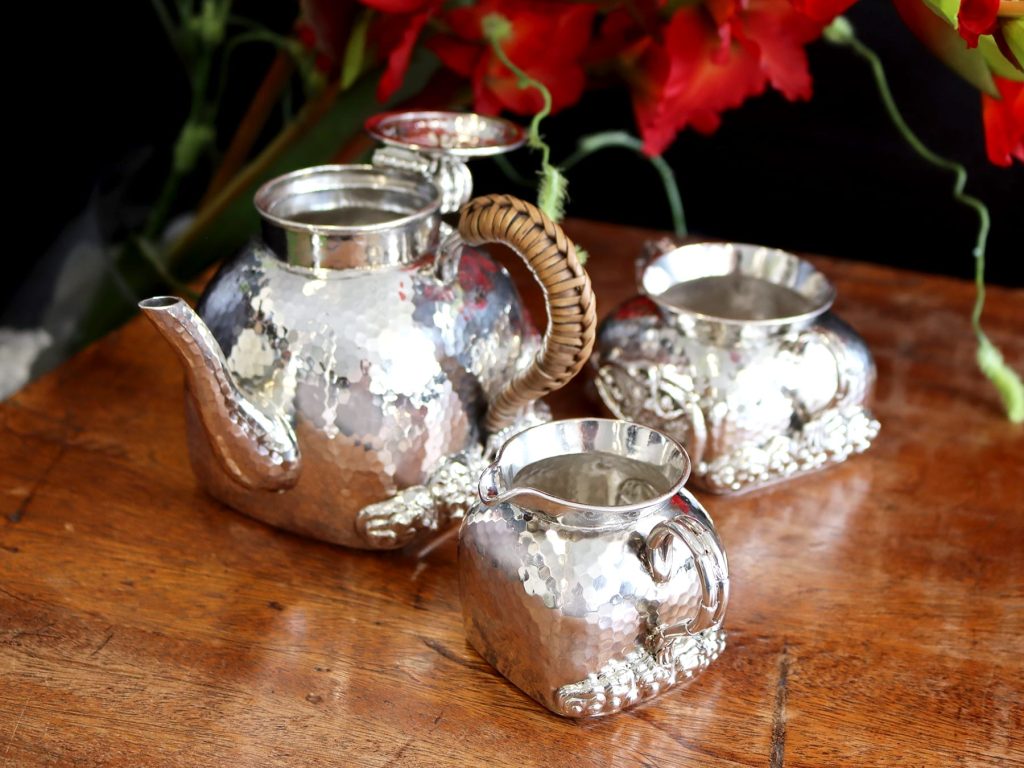
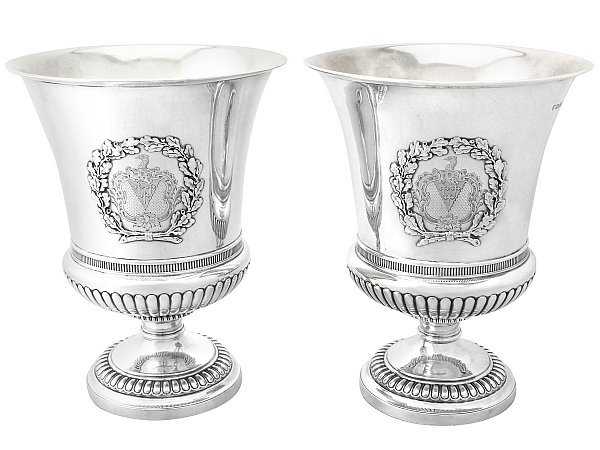
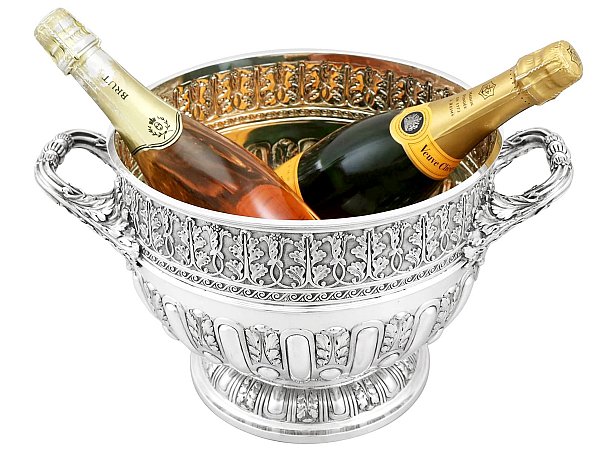
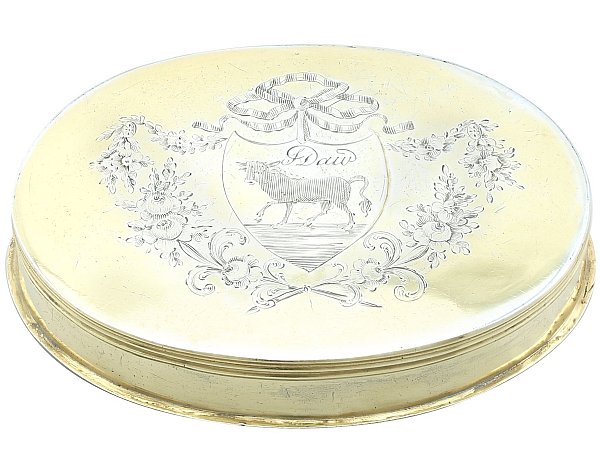


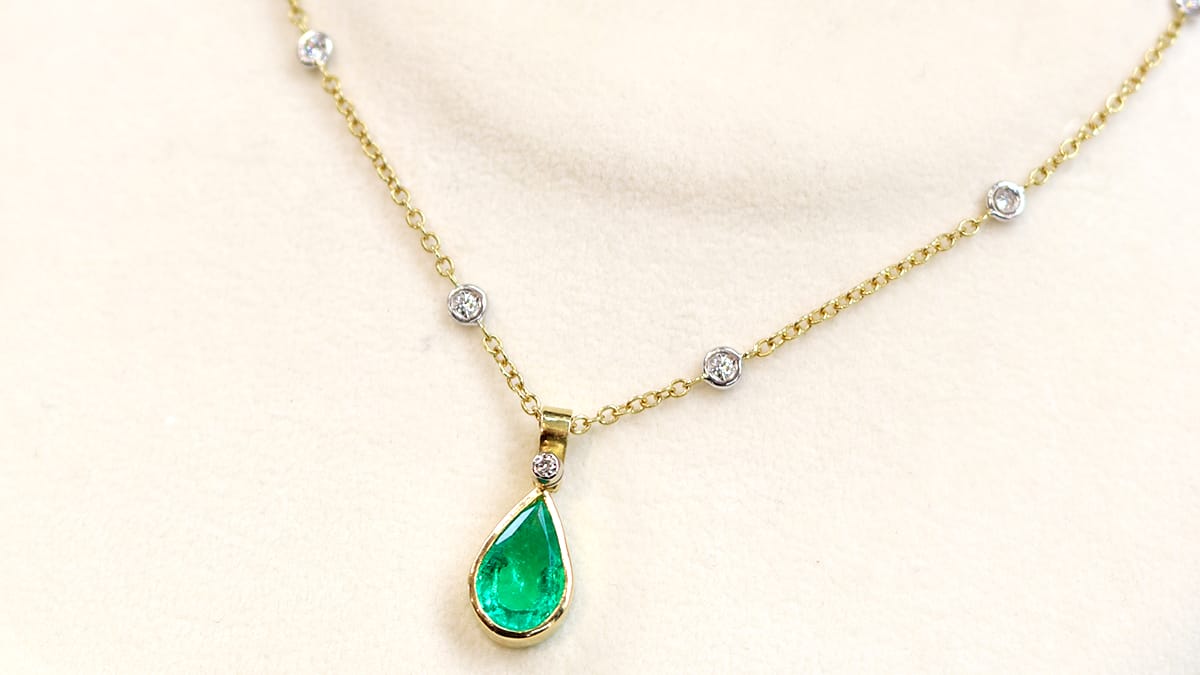

2 responses
Six place settings of Prelude never used
Hi, Thanks for your comment
Currently we are unable to purchase any items, we would recommend you try eBay or a local auction house.